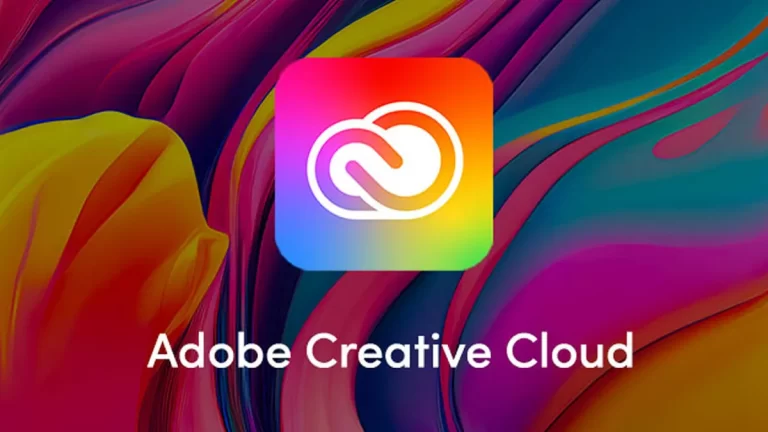A well-structured content calendar is a cornerstone of effective content marketing. It helps you plan, organize, and execute your content strategy, ensuring consistency and alignment with your business goals. In this step-by-step guide, we’ll explore creating a successful content calendar that keeps your content marketing efforts on track.
Step 1: Define Your Content Goals
Understand Your Objectives
Before you start creating a content calendar, it’s crucial to understand what you want to achieve with your content. Common content goals include:
– Increasing brand awareness
– Driving website traffic
– Generating leads
– Engaging with your audience
– Boosting conversions
Align with Business Goals
Make sure your content goals are in sync with your overall business objectives. For example, if your business goal is to increase sales by 20% in the next quarter, your content goal might be to create content that educates potential customers about your product’s benefits and features.
Step 2: Conduct a Content Audit
Review Existing Content
Perform a content audit to understand what content you already have, what’s working, and what’s not. Identify gaps in your content that you need to fill and areas where you can improve.
Analyze Performance
Look at the performance metrics of your existing content, such as traffic, engagement, and conversion rates. Use this data to guide your future content planning.
Step 3: Identify Your Target Audience
Create Buyer Personas
Create detailed buyer personas to understand your target audience’s needs, preferences, and pain points. This will enable you to craft content that truly connects with them.
Segment Your Audience
Divide your audience into segments based on demographics, behavior, and preferences. Customize your content to address the unique needs of each group.
Step 4: Brainstorm Content Ideas
Use Various Sources
Gather content ideas from different sources, such as:
– Keyword research
– Competitor analysis
– Customer feedback
– Industry trends
– Social media listening
Categorize Ideas
Organize your content ideas into blog posts, videos, social media posts, infographics, podcasts, etc. This will help you diversify your content types and formats.
Step 5: Plan Your Content Topics and Themes
Monthly Themes
Assign a specific theme each month to give your content a cohesive focus. For example, if you run a fitness blog, January could focus on “New Year, New You,” while February might be about “Heart Health.”
Content Topics
Based on your monthly themes, brainstorm specific topics that align with those themes. Ensure these topics address your audience’s needs and interests.
Step 6: Set a Publishing Schedule
Frequency and Consistency
Decide how often you will publish content. Consistency is critical to building and maintaining your audience’s trust and engagement, whether daily, weekly, or bi-weekly.
Timing
Identify the best times to publish your content based on your audience’s behavior and preferences. Use analytics tools to determine when your audience is most active and engaged.
Step 7: Create a Content Calendar Template
Choose a Format
Select a format for your content calendar that works best for you and your team. Common formats include:
– Spreadsheets(Excel or Google Sheets)
– Project management tools (Trello, Asana, Monday.com)
– Calendar apps (Google Calendar, Outlook)
Essential Elements
Ensure your content calendar includes essential elements such as:
– Content title
– Content type
– Publish date
– Author
– Status (e.g., in progress, scheduled, published)
– Keywords
– Call-to-action (CTA)
– Distribution channels
Step 8: Assign Responsibilities
Content Creation
Assign specific tasks to team members responsible for creating the content. This includes writers, designers, video producers, and social media managers.
Editing and Proofreading
Designate team members to review and edit the content before it goes live to ensure it meets quality standards.
Publishing and Promotion
Assign roles for publishing and promoting content across various channels, such as social media, email newsletters, and partnerships.
Step 9: Monitor and Analyze Performance
Track Key Metrics
Monitor the Performance of your content regularly using key metrics such as page views, engagement rates, conversion rates, and social shares.
Adjust and Optimize
Use the insights gained from your performance analysis to adjust your content strategy and calendar. Optimize your future content based on what works best for your audience.
Step 10: Review and Update Your Calendar
Regular Reviews
Schedule regular reviews of your content calendar to ensure it remains aligned with your goals and objectives. Adjust your calendar as needed based on changes in your business strategy or audience preferences.
Stay Flexible
While a content calendar provides structure, it is essential to stay flexible and adapt to unforeseen changes, such as industry news, trending topics, or unexpected opportunities.
Conclusion
Creating a successful content calendar involves careful planning, consistent execution, and ongoing optimization. Following these steps ensures that your content marketing efforts are organized, strategic, and practical. A well-maintained content calendar helps you stay on track and enhances your ability to engage with your audience and achieve your business goals. Start building your content calendar today and take your content marketing to the next level.
Visit for more update : techguidemania.com




